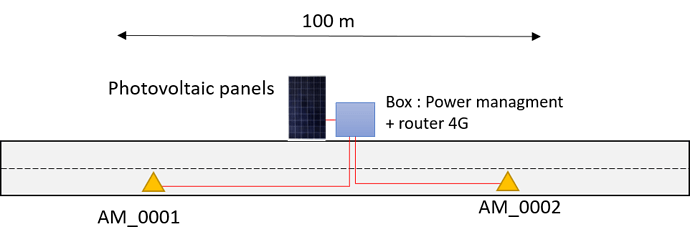Hi Giuseppe,
I’m testing a rapsberry AM_R29AB with a MRD455 Westermo 4G router :
The network is configured like this (LAN) :
Router :
IP adress : 192.168.1.1
Subnet mask : 255.255.255.0
RS4D : I change the network parameters according to Static IP — Instructions on Setting Up Your Raspberry Shake :
Edit this file using “nano”, for example:
$ sudo nano /etc/dhcpcd.conf
Add these lines to the end of the file:
If using ethernet connection:
interface eth0
static ip_address=192.168.1.2
static routers=192.168.1.1
static domain_name_servers=192.168.1.1
static subnet_mask=255.255.255.0
The router ping the RS4D and the RS4D ping internet for the both IP :
8.8.8.8
104.200.16.60 –c 10
After 24 hours, the RS4D is avalaible in swarm but isn’t available in station view
The IP adress of SIM card of the routeur is dynamique but we connecte us with Dynamique DNS service No-IP.
Is this a problem for the RS4D to send data to your servers ?
Do you have to configure the ports forwarding or the RS4D connects directly when it has internet?
Also, we have found the Tracopower converter 12V DC to 5V DC : ref TEN 15-1211
The datasheet : https://docs.rs-online.com/b761/0900766b8172f3ee.pdf
The 12 V battery with photovoltaic panels will be connected to the input. And the output current is 3 A.
We are thinking of using 3 converters for the 3 RS4D.
What do you think ?
Thank you,
Best regards,
Alison
